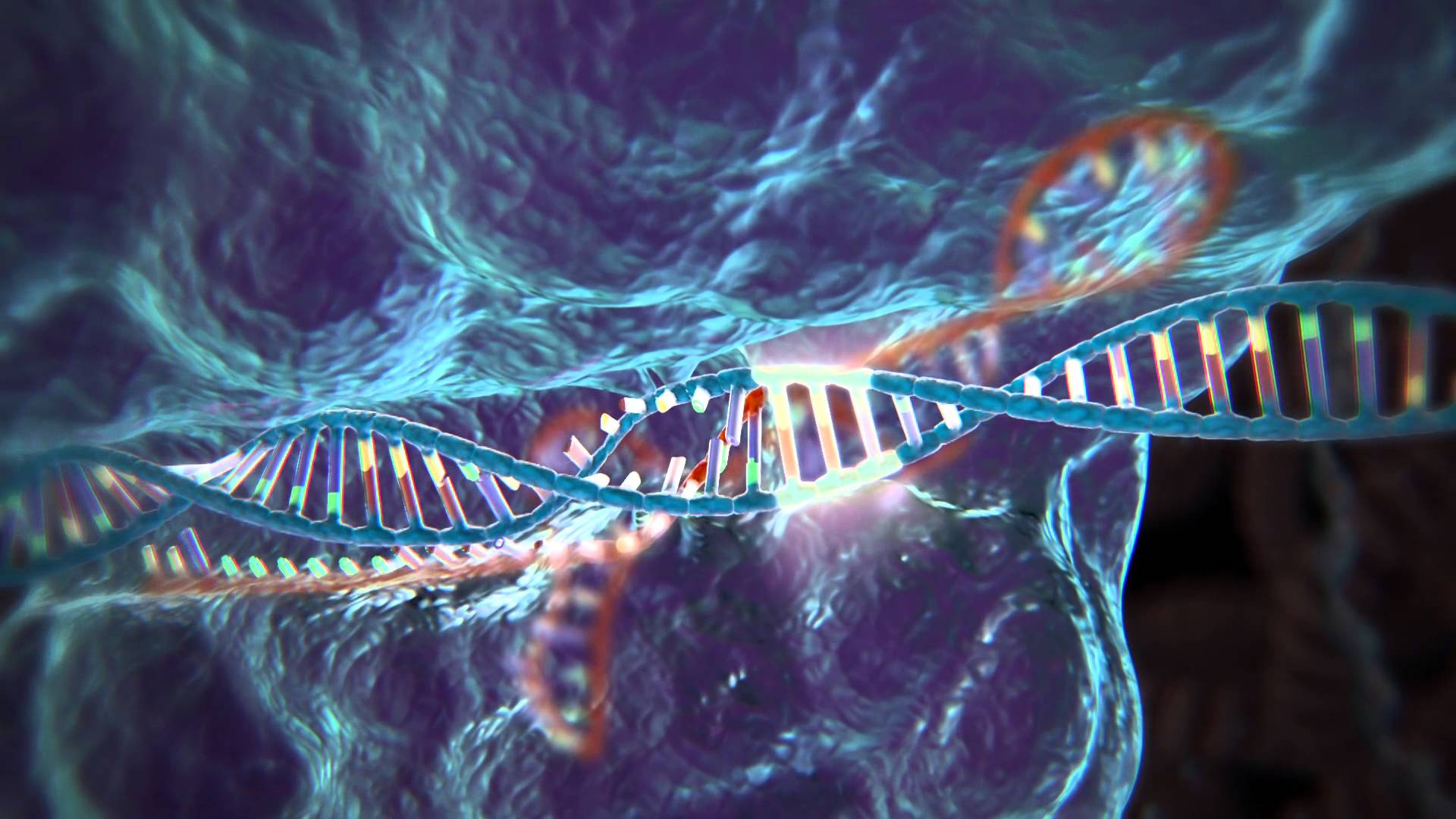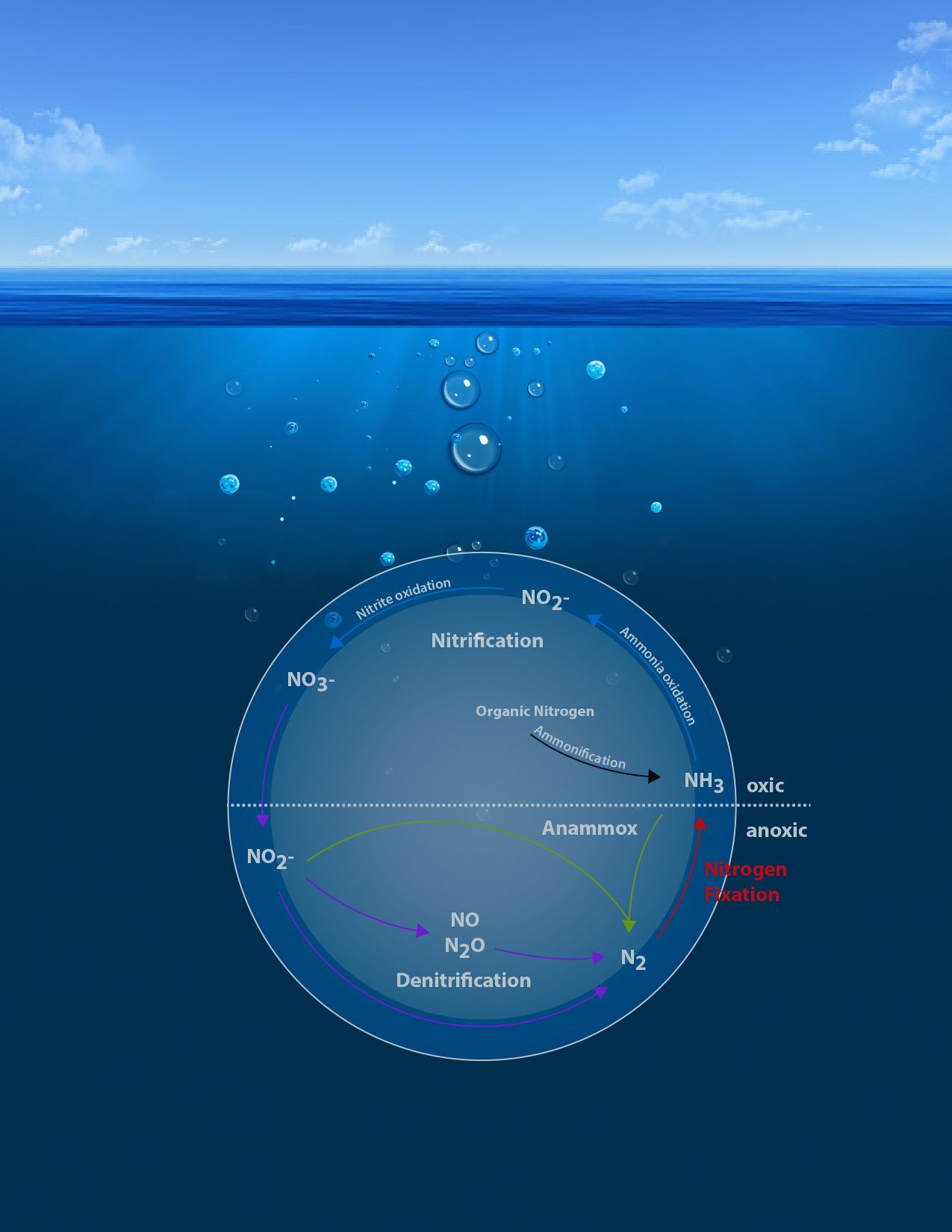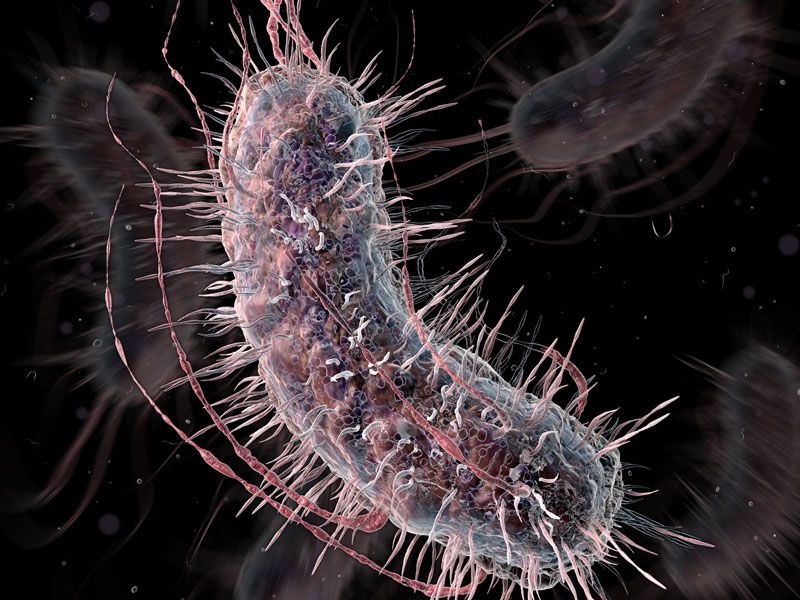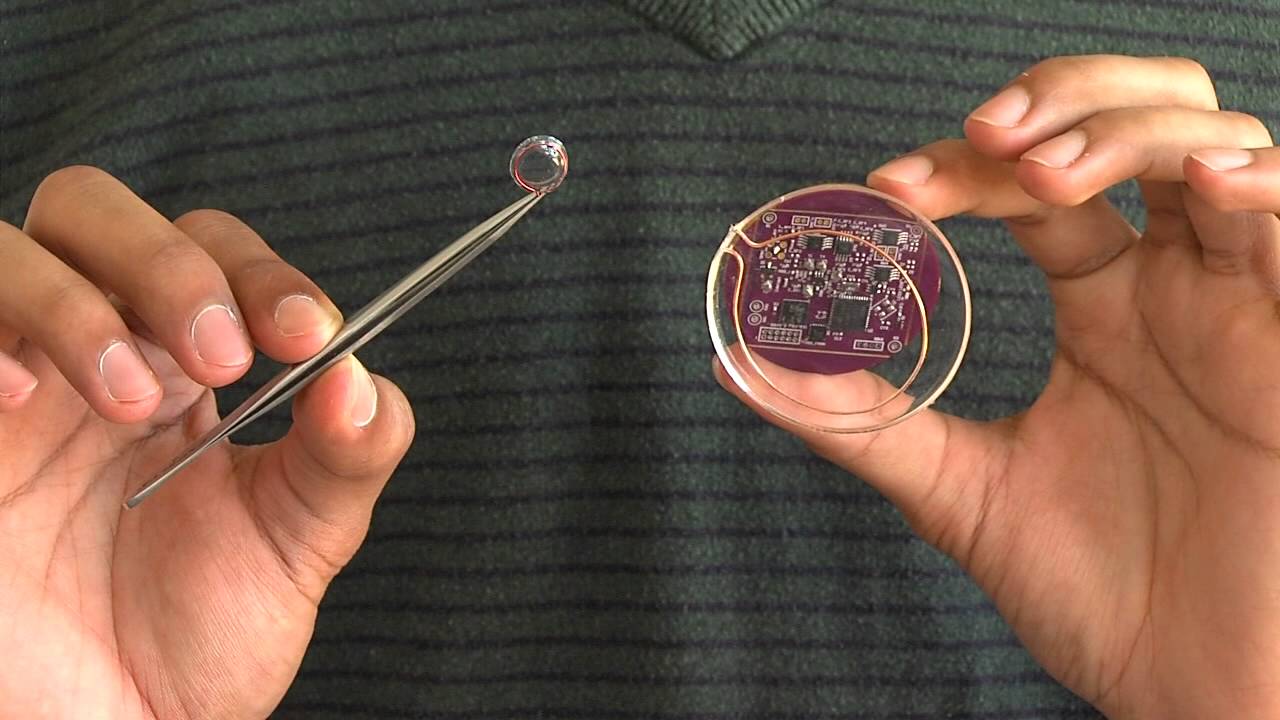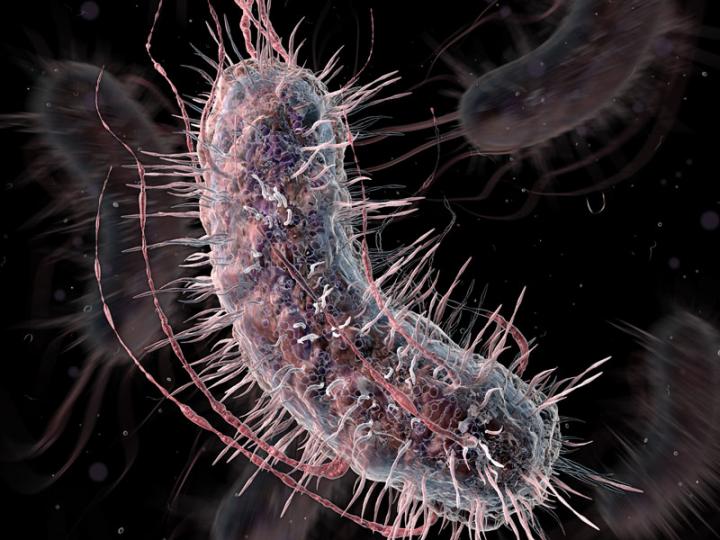
August 19th, 2016 – Creative Peptides, a professional supplier of peptides manufacturing upon academic, clinical, commercial and government laboratories in diverse applications, has released its efficient Glycopeptide Synthesis service, to help speed up the advance in solid phase methods.
Nowadays, glycopeptides have played a pivotal role in a myriad of organisms and systems, such as biology, physiology, medicine, bioengineering and technology, etc. As is known, synthetic glycopeptides are able to offer an unique frontier for research in glycobiology and proteomics as well as for drug discovery & development, drug delivery & targeting, diagnostics development and biotechnological applications, which also promotes the development of modern biomarker discovery process.
Based on rapid achievements in peptides research, increasing number of scientists are trying to discover more effective methods in modern scientific research, such as deslorelin acetate, aviptadil acetate, Chimeric Peptides, and so on. Technically, the Glycan chains of glycopeptides are involved in numerous biological recognition events, including protein folding, cell-cell communication and adhesion, cell growth and differentiation, as well as bacterial and viral infection. Actually, a framework of probing human implicit intentions for the purpose of augmented cognition has been described at Creative Peptides in recent days, which helps more and more people gain new insights in peptide application.
Continue reading “Creative Peptides Has Released New Discovery in Glycopeptide Synthesis” »
